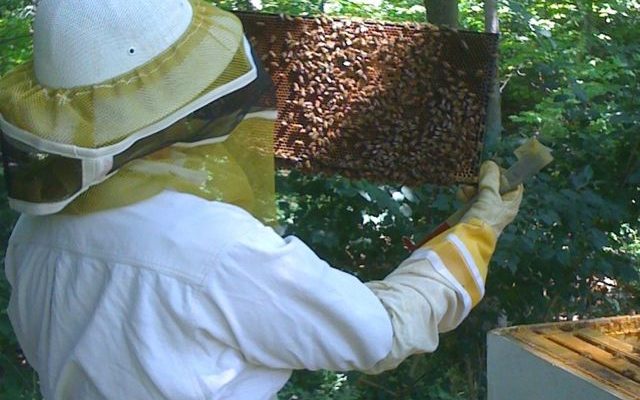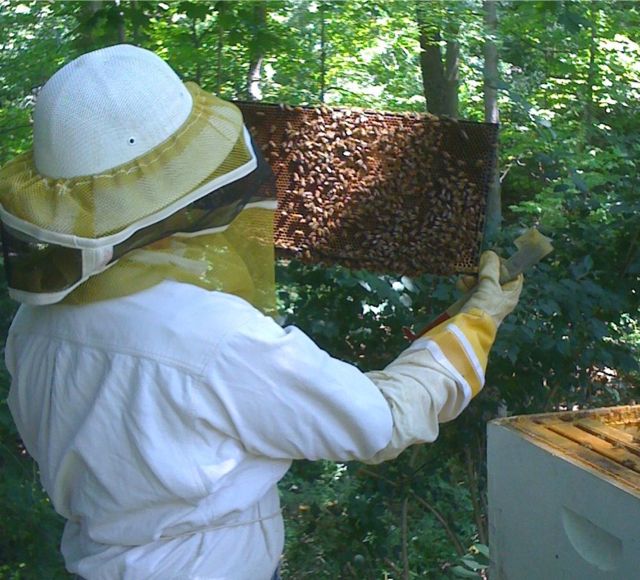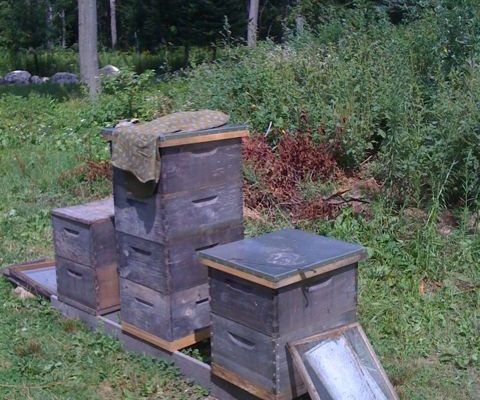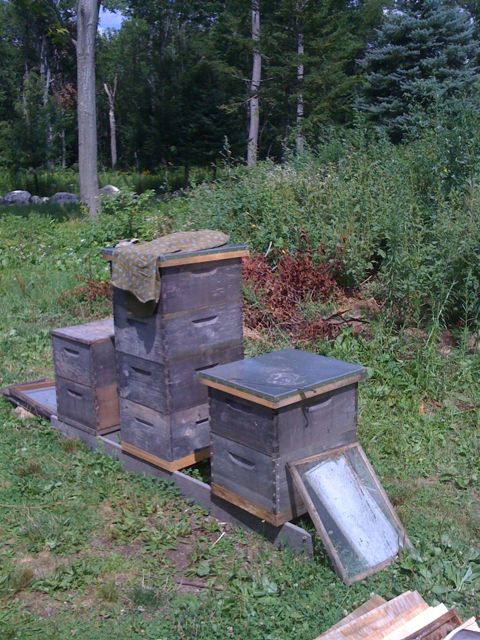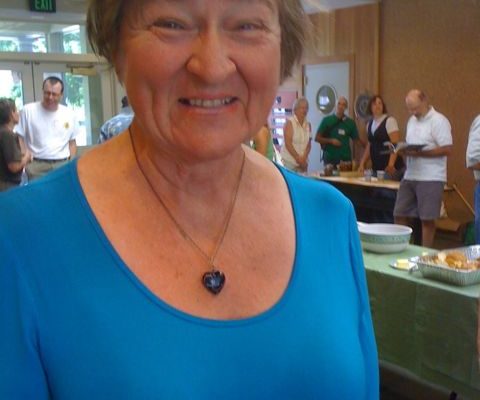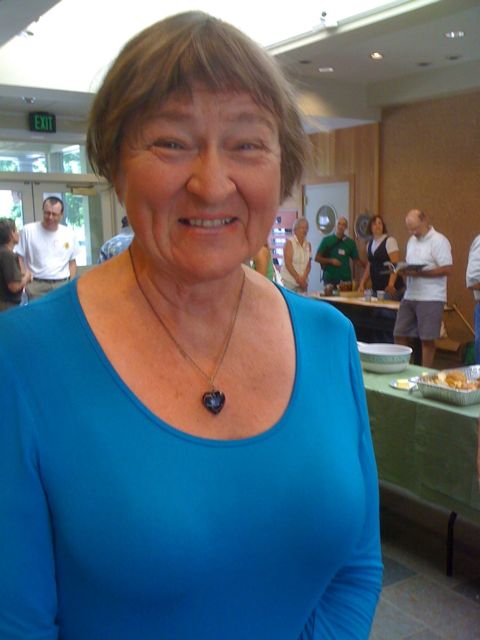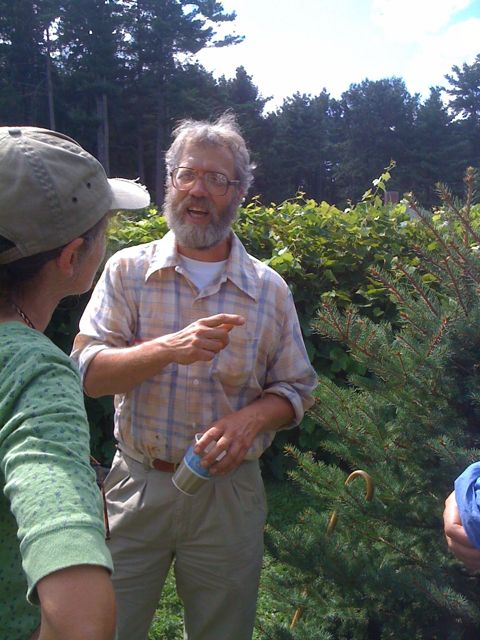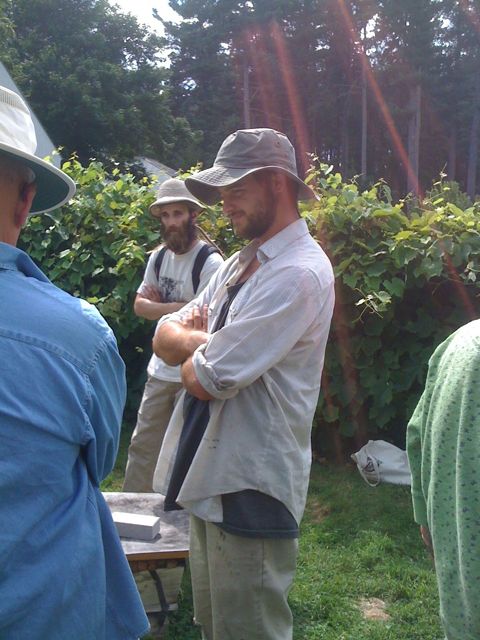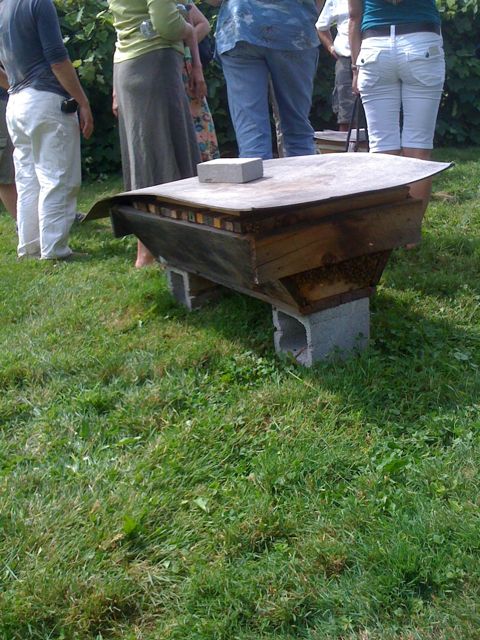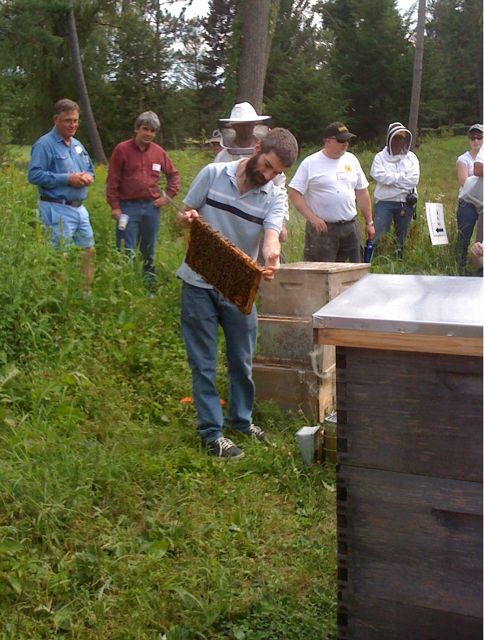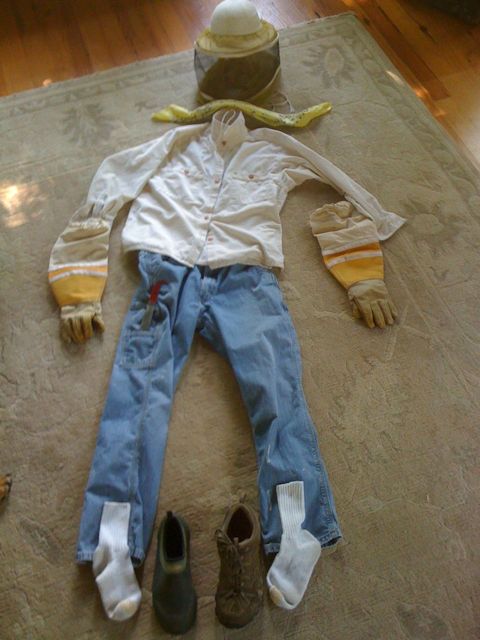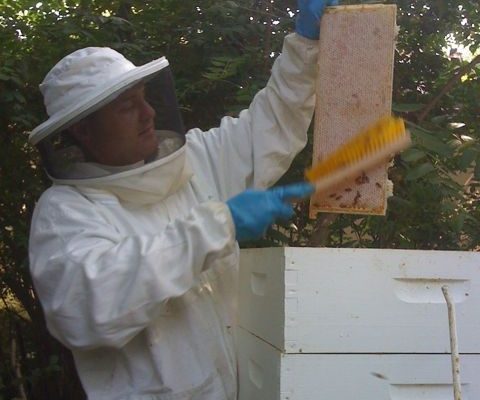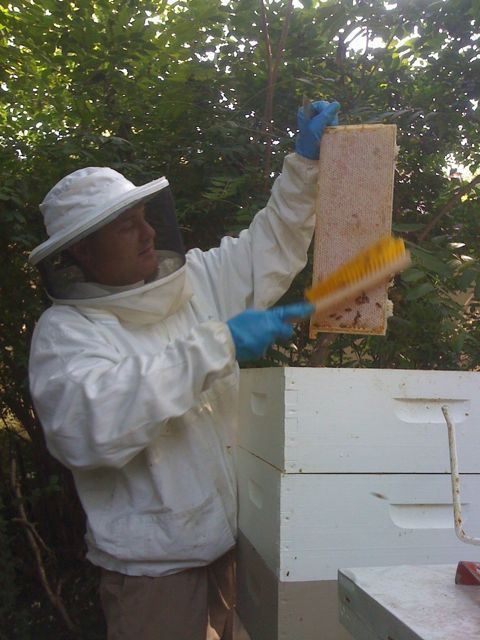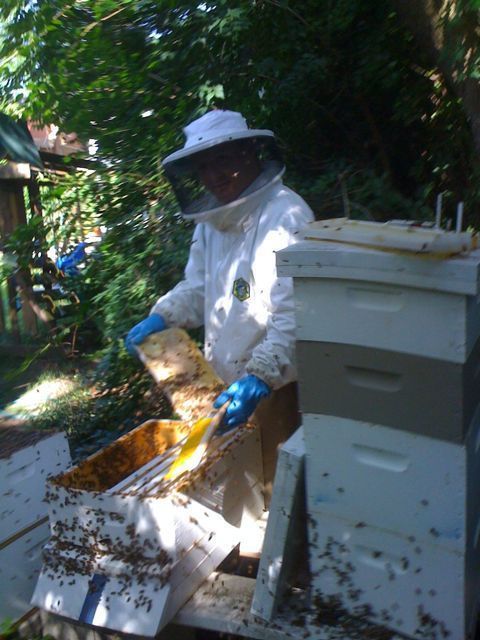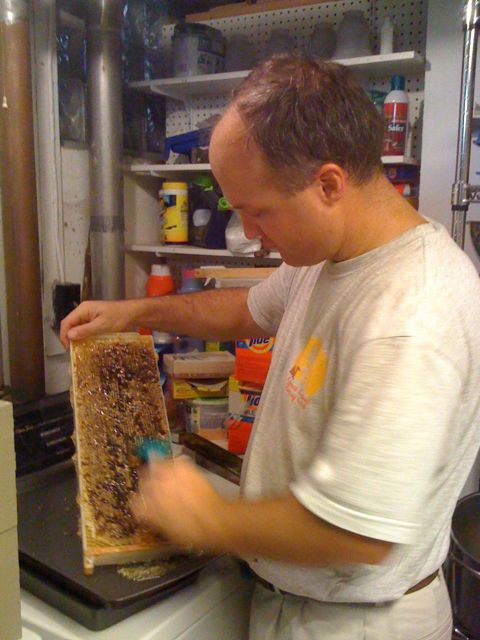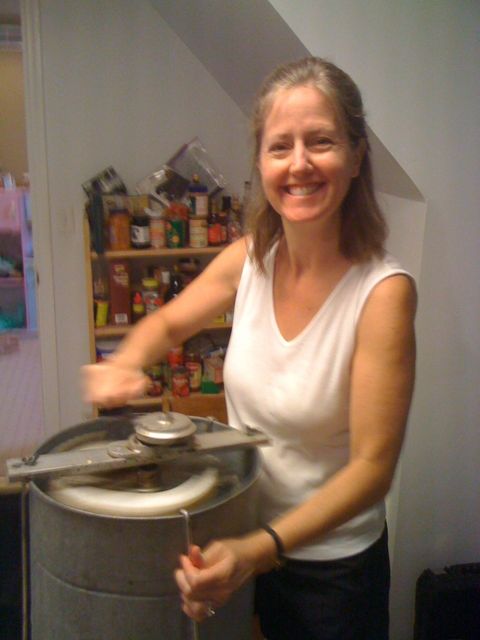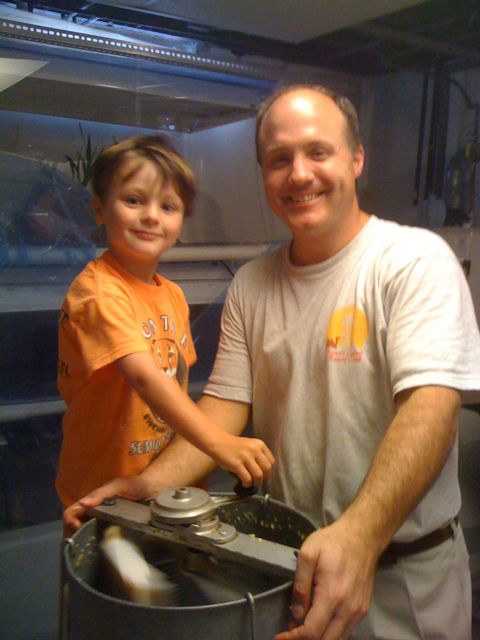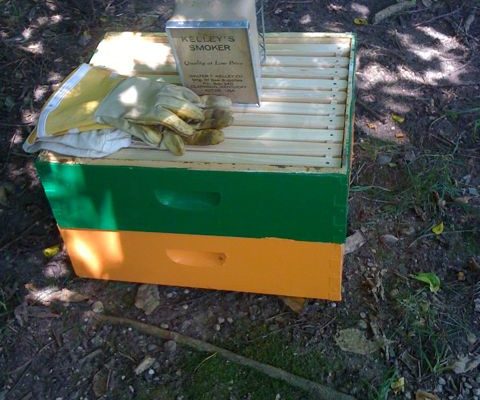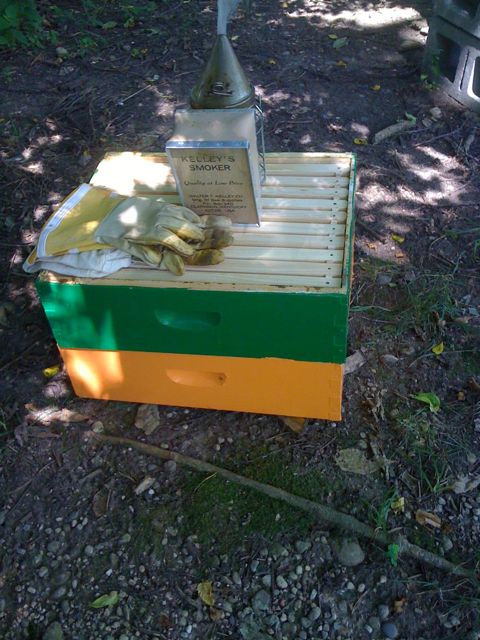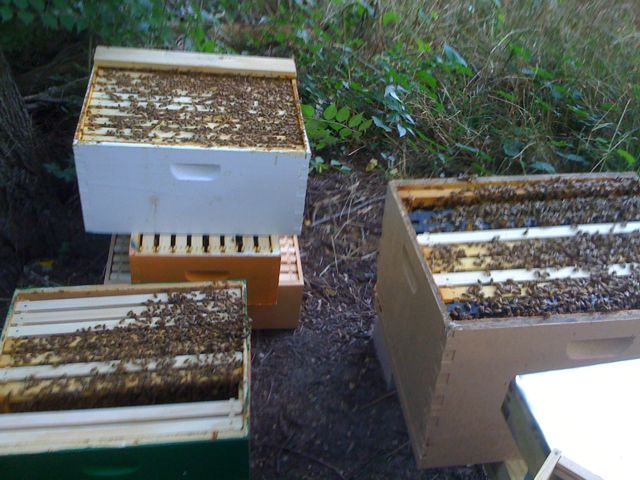Once again, it’s time to start worrying if the bees will live through the winter. It’s just the weirdest thing to begin planning so early for winter, but the bees do it. They probably don’t worry, though…they simply do what they can do and that’s that. Maybe they’re too busy to worry. Maybe I should get busier, too.
All of my hives are full of bees and are bursting with brood. Even the new little split is coming along nicely. But yesterday’s inspection showed that none of the colonies have much in the way of honey stores. I keep telling myself that we still have a few months of fall foliage and all those bees can probably collect enough nectar to convert to honey before super-cold weather.
I remain committed to not treating the bees. I guess that means that I’m not going to feed them either. I don’t know. I don’t want to coddle them, but I don’t want them to starve, either.

